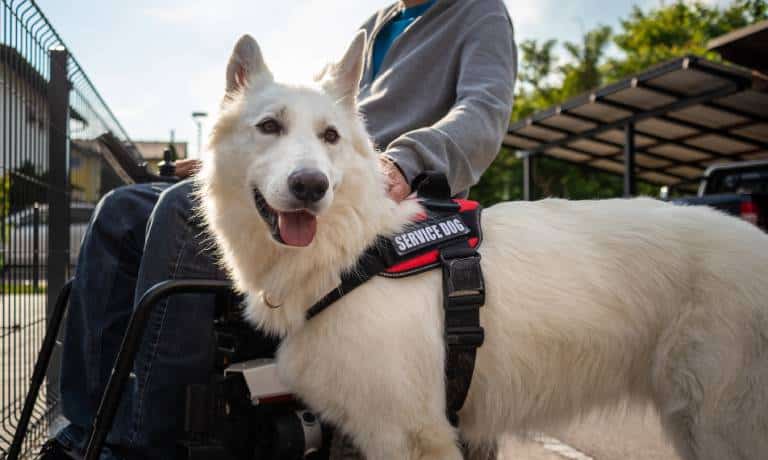
Service dogs play an incredible role in supporting individuals with disabilities. They provide assistance and companionship, improving the quality of life for those they serve. However, integrating a service dog into your home can be a big step. This guide offers practical tips to help you create a welcoming environment and build a successful relationship with your new teammate.
Choose the Right Service Dog
Selecting the right service dog is important. Consider your specific needs and lifestyle. For example, if mobility support is important, choose a physically capable dog for tasks such as retrieving objects or assisting with balance.
Assess the dog’s temperament, too. A good service dog should be calm, focused, and responsive to training. Work with a reputable organization that understands the unique requirements for service dogs.
Prepare Your Home
A service dog needs a comfortable and safe environment. Arrange a designated sleeping area and stock up on essentials like food, bowls, and grooming supplies. Secure loose wires and declutter areas to prevent accidents. If mobility is an issue, think about accessibility. Service dogs benefit from wheelchair vehicles when you’re on the go, as they make transportation safer and more efficient for both of you.
Continued Training
Continual training with your service dog is key to building a successful partnership. Reinforce good behavior with positive rewards and be consistent with commands. Keep training sessions short and focused to maintain the dog’s engagement. If you run into challenges, contact professional trainers specializing in service dogs. These experts can help tailor training to your specific needs.
Establish Routines
Routines help service dogs understand their role and excel at their tasks. Feed and walk them at the same times daily, and consistently use the same commands during specific situations. Practice the tasks they will support you with, whether it’s opening doors or picking up objects. A structured routine fosters trust and reinforces their training.
Public Etiquette
Navigating public spaces with a service dog takes some adjustment, but preparation makes it easier. Keep your dog’s identification visible so others recognize them as a working animal. Remind friends and strangers not to distract or pet your dog while they are working. Good etiquette ensures a smoother experience in public and helps your dog maintain focus on their tasks.
Bond With Your Dog
Build trust and connection by spending quality time with your service dog beyond training. Groom your pup regularly and take moments to relax together. Use a calm, confident demeanor when issuing commands to strengthen mutual respect. A strong bond improves task performance and enhances the emotional support they provide.
Integrating a service dog into your life is an incredible step toward greater independence and confidence. With the right preparation, training, and routines, you’ll create a strong partnership filled with trust and mutual support. Take the leap and experience the life-changing benefits of having a service dog by your side.





